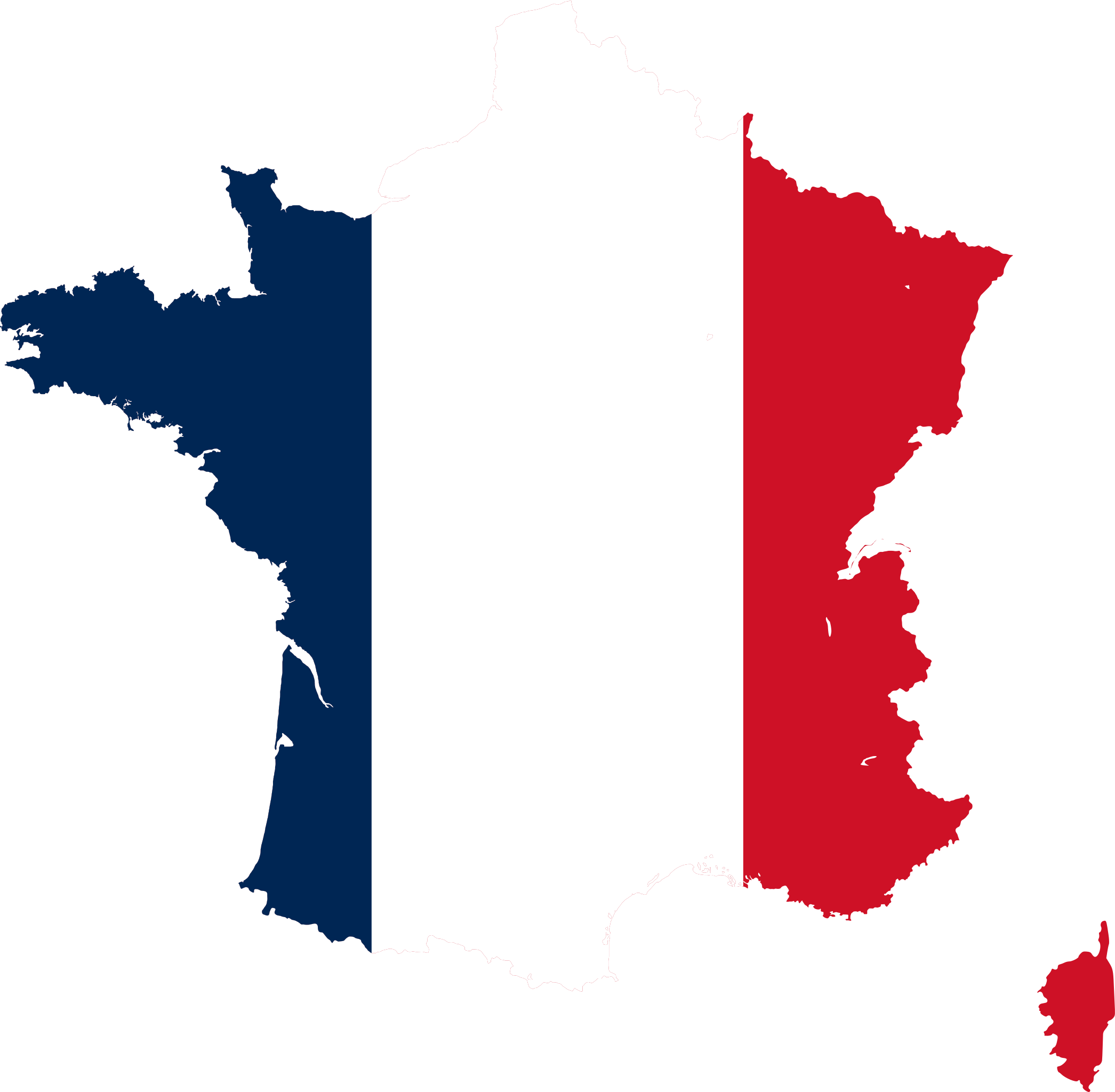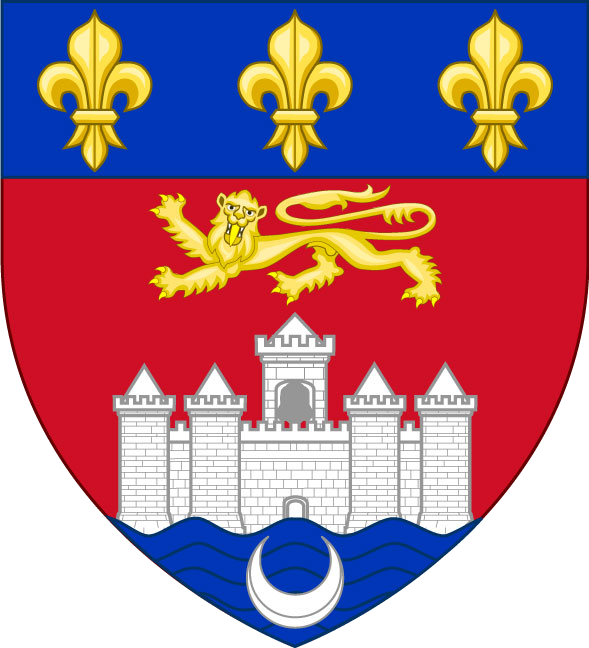
Bordeaux

The Timeless Allure of Bordeaux: A Legacy of Fine Wine
Nestled in the southwest of France, the Bordeaux region is synonymous with world-class wine. With a history dating back over 2,000 years, Bordeaux has earned its place as one of the most prestigious wine-producing regions in the world. Its story is one of tradition, innovation, and an unwavering commitment to excellence—a story that resonates deeply with fine wine investors.
A Rich History Rooted in Terroir
Bordeaux’s winemaking heritage began with the Romans, who first planted vineyards in the region. However, it was during the Middle Ages that Bordeaux wines gained international acclaim, thanks to the marriage of Eleanor of Aquitaine to Henry II of England. This union opened the doors to the British market, establishing Bordeaux as a global wine powerhouse.
The region’s unique terroir—a combination of gravelly soils, temperate climate, and proximity to the Gironde estuary—creates the perfect conditions for producing wines of exceptional quality. Bordeaux is divided by the Garonne and Dordogne rivers into the Left Bank, Right Bank, and Entre-Deux-Mers, each offering distinct styles of wine. The Left Bank is renowned for its Cabernet Sauvignon-dominant blends, while the Right Bank is celebrated for its Merlot-based wines. Entre-Deux-Mers produces crisp, refreshing white wines, adding to the region’s diversity.
The Birth of Fine Wine Classification
In 1855, Bordeaux cemented its reputation with the creation of the Bordeaux Wine Official Classification. Commissioned by Napoleon III for the Exposition Universelle de Paris, this classification ranked the top châteaux of the Médoc and Sauternes into five growths (crus) based on their quality and market value. Iconic estates like Château Lafite Rothschild, Château Margaux, and Château Latour were awarded Premier Grand Cru Classé status, a distinction that still holds immense prestige today.
This classification not only elevated Bordeaux’s status but also laid the foundation for fine wine as a tangible asset. The rarity and desirability of these classified growths have made them highly sought after by collectors and investors alike.
Bordeaux as a Blue-Chip Investment
Bordeaux wines are often referred to as the “blue-chip” investments of the wine world. Their consistent quality, aging potential, and global demand make them a cornerstone of any fine wine portfolio. The region’s First Growths, in particular, have demonstrated remarkable resilience and appreciation over time, outperforming traditional asset classes in many cases.
The en primeur system, or wine futures, allows investors to purchase wines while they are still in the barrel, often at lower prices. This system, combined with the meticulous record-keeping of Bordeaux’s châteaux, ensures transparency and provenance—key factors for investors.
A Legacy of Excellence
Today, Bordeaux continues to innovate while honoring its rich traditions. From sustainable viticulture practices to cutting-edge winemaking techniques, the region remains at the forefront of the wine industry. Its wines are not just beverages; they are cultural artifacts, embodying centuries of craftsmanship and passion.
For investors, Bordeaux represents more than just a financial opportunity—it is a chance to own a piece of history. Each bottle tells a story of the land, the people, and the timeless pursuit of perfection.
At Vinho, we understand the allure of Bordeaux and its enduring value. Whether you’re a seasoned collector or new to fine wine investing, we are here to guide you through the world of Bordeaux wines, helping you build a portfolio that reflects both your taste and your vision for the future.

The 1855 Classification
- Premier Grand Cru Classé (First Growths):
The pinnacle of Bordeaux’s hierarchy, these estates represent the epitome of quality and prestige. The five First Growths are:- Château Lafite Rothschild (Pauillac)
- Château Margaux (Margaux)
- Château Latour (Pauillac)
- Château Haut-Brion (Pessac-Léognan, Graves)
- Château Mouton Rothschild (elevated from Second Growth to First Growth in 1973)
These wines are highly sought after by collectors and investors, often commanding premium prices due to their rarity and aging potential.
- Deuxièmes Crus (Second Growths):
These estates produce wines of exceptional quality, often rivaling the First Growths in certain vintages. Examples include:- Château Montrose (Saint-Estèphe)
- Château Léoville-Las Cases (Saint-Julien)
- Château Cos d’Estournel (Saint-Estèphe)
- Troisièmes Crus (Third Growths):
Wines from these estates are known for their elegance and consistency. Notable examples include:- Château Palmer (Margaux)
- Château Lagrange (Saint-Julien)
- Quatrièmes Crus (Fourth Growths):
These châteaux offer excellent value and are often more accessible to investors. Examples include:- Château Beychevelle (Saint-Julien)
- Château Talbot (Saint-Julien)
- Cinquièmes Crus (Fifth Growths):
While considered the “entry point” to the classified growths, these estates still produce wines of remarkable quality. Examples include:- Château Lynch-Bages (Pauillac)
- Château Pontet-Canet (Pauillac)
Beyond the 1855 Classification: Other Bordeaux Hierarchies
While the 1855 Classification is the most famous, Bordeaux has other classification systems that highlight the diversity and quality of its wines:
- Saint-Émilion Classification:
Unlike the 1855 Classification, the Saint-Émilion ranking is updated approximately every 10 years. It categorizes estates into three tiers:- Premier Grand Cru Classé A: The highest tier, including Château Ausone and Château Cheval Blanc.
- Premier Grand Cru Classé B: Estates like Château Angélus and Château Figeac.
- Grand Cru Classé: A larger group of high-quality estates.
- Graves Classification (1959):
This classification covers the red and white wines of the Graves region (now part of Pessac-Léognan). All classified estates are considered of equal standing, with Château Haut-Brion being the most renowned. - Cru Bourgeois (Médoc):
Established to recognize high-quality estates not included in the 1855 Classification, the Cru Bourgeois system is updated annually. It offers excellent value for investors seeking Bordeaux wines with strong potential.



